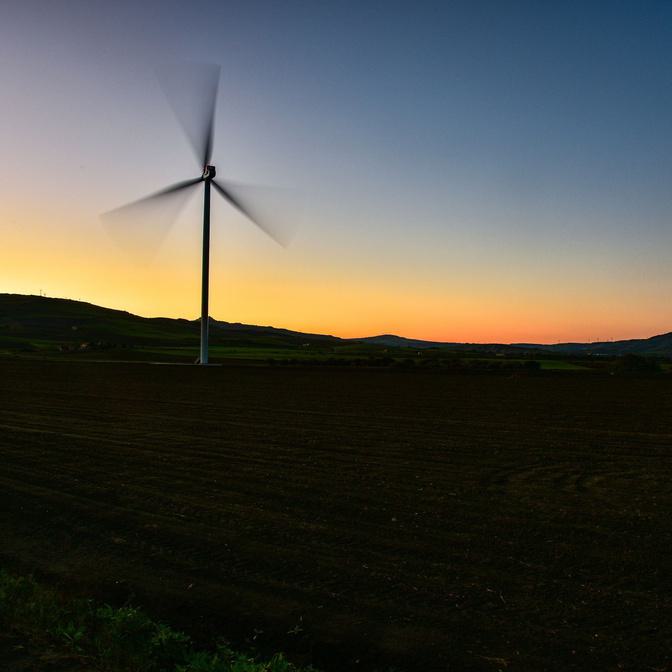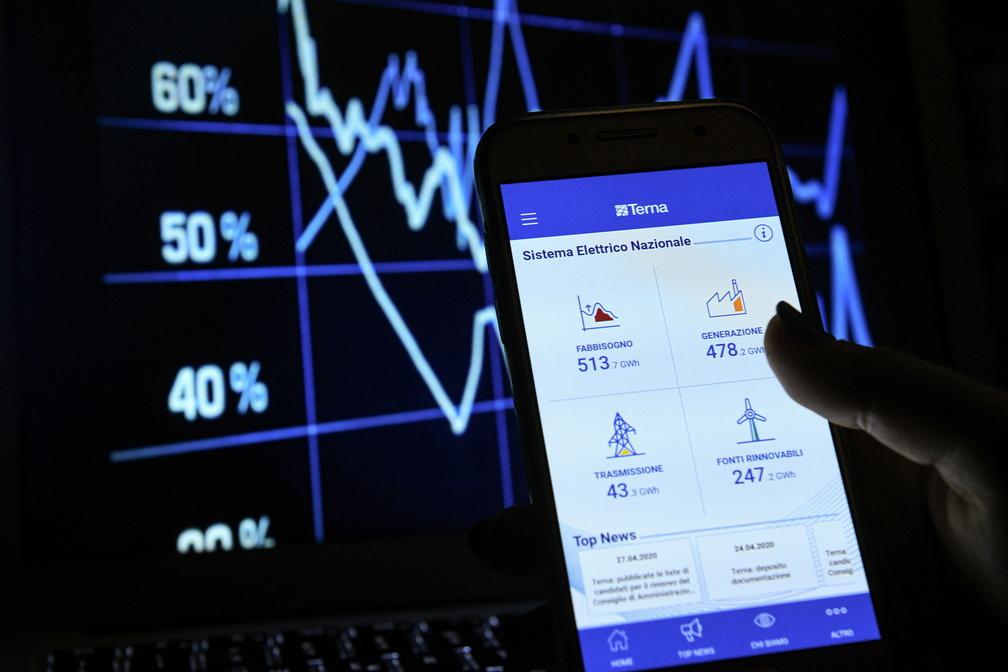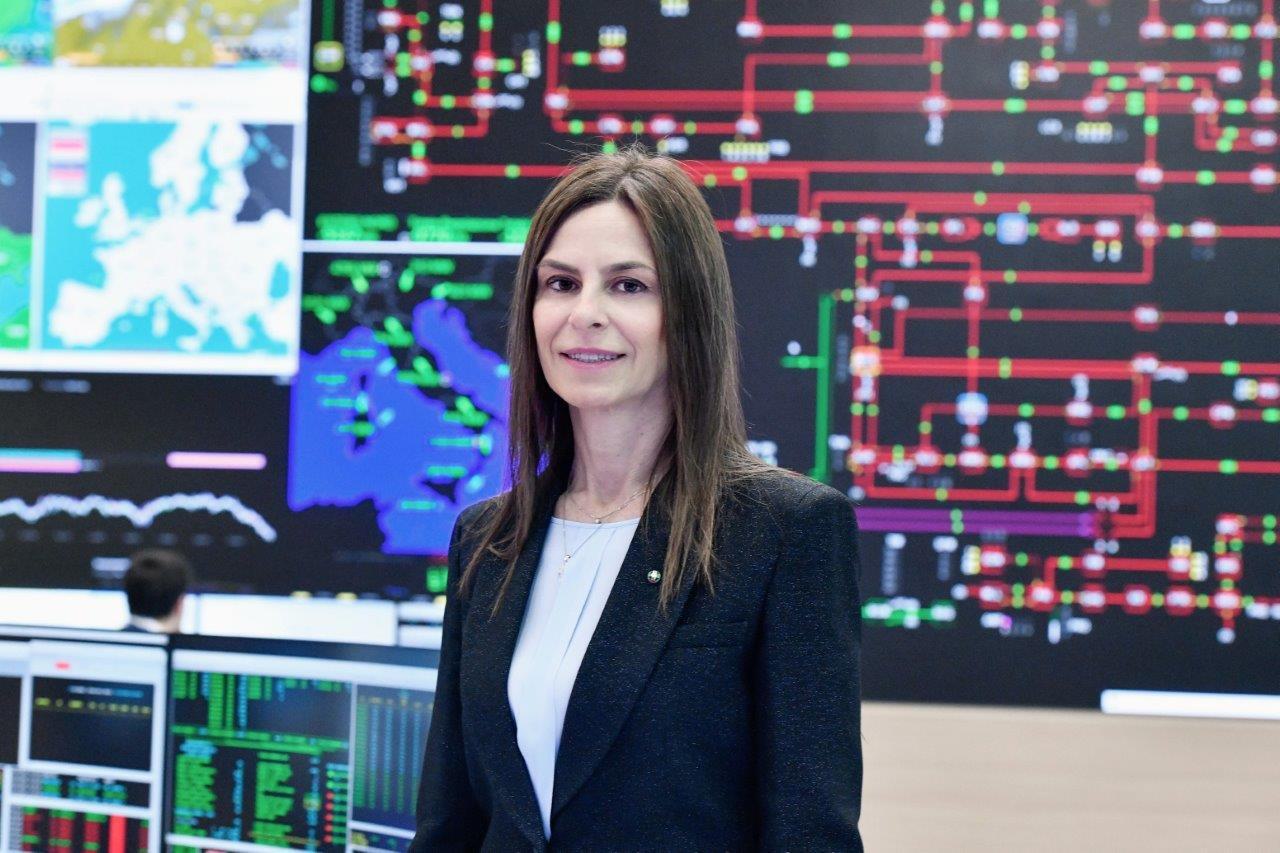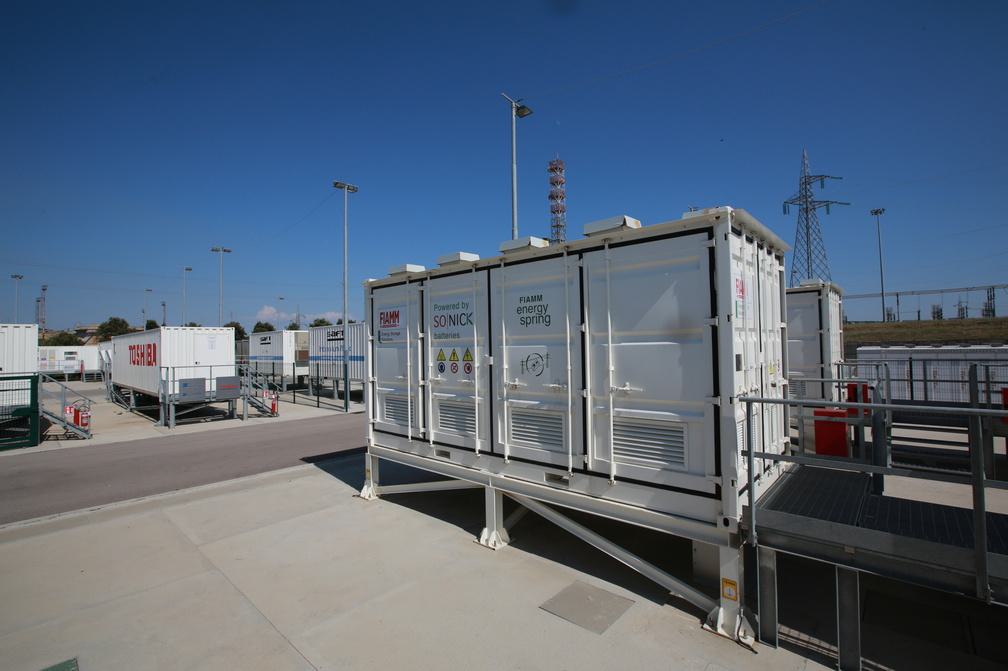It was bound to happen sooner or later, and sure enough our country marked an important first between January and June 2024: over this half-year period, the production of electricity from renewable sources surpassed production from fossil fuels. The arrival of the long-awaited moment when green sources overtake more polluting, traditional options, is good news for everybody, not just the electricity system. In the global race towards the energy transition, Italy is keeping pace with the star performers at the head of the pack. The hope is that this record will become the norm: in fact, to comply with the Fit for 55 targets, Italy must install more wind and solar power plants by 2030 to reach a total power of around 107.4 GW (as of the end of June 2024, our figure was 46.3 GW). This will make it possible to produce, and thus to consume, cleaner and cleaner energy. The goals ahead of us and the path to achieving them are clear: within the next few years, renewables must cover at least 65% of final consumption in the electricity sector. In more good news, Italy is not the only country achieving this landmark first, as fossil fuels are on the way out in Europe too, with wind and solar power combined producing more electricity than fossil fuels during the first six months of the year. This has been confirmed by a study from Ember: wind and solar power accounted for 30% of all European electricity, compared to 27% from gas and coal.

Between January and June of this year, for the first time in history, clean sources produced more electricity than fossil fuels. Though currently a record, this must become the norm if we are to achieve the decarbonisation targets of the energy transition. Storage systems have a leading role to play in the current landscape of immense transformation, and Italy is the sixth most attractive country in the world for investments in this rapidly expanding sector.

All the numbers from the first half of 2024. Let’s take a closer look at the numbers from this "historic" half-year, which have been collected and crunched by Terna, the company that manages the Italian national transmission grid. During the months between January and June 2024, total production from renewable sources grew by 27.3% compared to the same period in 2023, thanks to impressive performances from hydroelectric, wind and solar power. Meanwhile, production from traditional sources shrank by 19%, with an even more pronounced decrease in the share of coal-fired production, falling off by 77.3%. The result was that renewables overtook fossil fuels, something which had never happened over a half-year period before.
Hydroelectric production, the quintessential source of renewable power and historically the most widespread in Italy, marked another record within the record, achieving levels never seen before. The 25.92 TWh produced over the six months represent a 64.8% increase over the 15.73 TWh from the period of January-June 2023. This result was driven by the greater availability of water in Northern Italy, despite a lack of such resources in the south. Overall, renewable sources covered 43.8% of the demand for energy during the first six months of 2024, compared to 34.9% during the same period in 2023.
Moreover, green sources also covered 52.5% of electricity demand in the month of June, almost 10 percentage points above last year’s figure. In particular, hourly production from renewable energy sources reached a historic peak of 33.2 GW between 1:00 p.m. and 2:00 p.m. on 22 June, 2024.

The facts on renewable sources. In addition to the greater availability of water, wind and sun, which made a decisive contribution to this historic result, thanks are also due in part to “structural” factors, which is to say the green plants that have been installed and put into operation. In fact, during the first six months of 2024, the operating capacity of renewables increased by around 3.7 GW, including over 3.3 GW in solar power, an increase of 41% over the previous year. These numbers, which are impressive in their own right, are also steadily growing: according to Terna’s findings, there were approximately 5.8 GW of new activations across all renewable sources in 2023, a figure 2.7 GW greater than that for 2022. This highlights the acceleration seen in the development of renewable energy; in fact, new activations rose from 1 GW in 2021 to around 3 GW in 2022. As of 30 June 2024, 72.84 GW of renewable energy had been installed in Italy, with over 7 GW reaching the so-called Detailed Minimum Technical Solution as part of the process of connection to the national electricity grid.
«For the first time in our country’s history, production from renewable sources exceeded that from fossil fuels during the first six months of this year. This landmark achievement was undoubtedly driven by significant water availability for hydroelectric production in the north, as well as by structural growth in terms of other green sources, like wind and solar power. In fact, renewables are continuing to grow, with almost 4,000 MW of additional capacity over a six-month period, which is excellent news. Now, we must continue developing the grids, a goal for which Terna has planned a 16.5 billion euro investment over the coming five years, and promoting the equally necessary development of storage capacity» commented Giuseppina Di Foggia, the Chief Executive Officer and General Manager of Terna.
«Thanks to our work in close collaboration with ARERA and the government, Italy is about to have a market contractualisation tool like no other in the world. This will enable the financing of investments in new storage capacities, which are essential in guaranteeing the integration of renewables and the quality of the service».
Storage systems. A crucial step towards achieving the ambitious decarbonisation targets by 2030 and increasing the production of energy from renewable sources will be electricity storage systems, which are a key factor in supporting the energy transition. In fact, such systems allow excess energy produced from renewable sources to be stored, kept for a determined period of time, and then used during peak demand times or when renewable production is lower, helping to stabilise the electricity grid. These systems offer many benefits, such as reducing grid congestion and over-generation (when production outstrips demand and, for various reasons, the excess energy cannot be redirected to surrounding areas); satisfying electricity requirements during peak hours or when renewable production is at a low; and providing grid services crucial for operational security. Currently, the most common and widely used storage systems are hydroelectric pumps, which rely on well-established technology and are suitable for prolonged use thanks to their high storage capacity; and electrochemical storage (or batteries), which are highly responsive and increasingly widespread thanks in part to falling costs and the development of electric mobility.
To facilitate the development of storage systems, a new mechanism for the procurement of electrical storage capacity, known as MACSE, is being implemented. «Thanks to our work in close collaboration with ARERA and the government, Italy is about to have a market contractualisation tool like no other in the world. This will enable the financing of investments in new storage capacities, which are essential in guaranteeing the integration of renewables and the quality of the service», explained Giuseppina Di Foggia. The mechanism has already been launched, having been approved by the European Commission in December 2023. The coming months, most likely spring 2025, are expected to see the first auctions in which Terna will enter long-term contracts with companies in the sector, to ensure that the electricity system gets the storage systems it needs for the next years. Currently, the rules of MACSE are still being worked out. Terna has put forward a proposal to remunerate the availability of reserve capacity for 15 years for batteries and 30 years for pumping systems. The proposal has been examined by market operators and investors, with observations assessed by ARERA, the Italian Regulatory Authority for Energy, Networks and the Environment.

Today, the storage market is already thriving and evolving at rapid speed, attracting huge investments. According to the recent 2024 RECAI report from EY, Italy ranks sixth in the world in terms of the attractiveness of investment opportunities in energy storage systems: behind the United States, China, the United Kingdom, Australia and Germany, but ahead of nations like South Korea, India, France and Japan. This is the result of a favourable ecosystem which includes a significant commitment to the construction of robust, resilient and sustainable grid infrastructure, and the implementation of support mechanisms like MACSE.
Coordinated development of renewables, grids and storage systems is crucial in order to achieve the objectives of the Integrated National Energy and Climate Plan (INECP) and to manage the electricity system safely and efficiently. Italy has recently sent its new INECP proposal to the European Commission, confirming its initial objectives and exceeding some of the EU targets on renewable energy. The document adopts a realistic and technologically neutral approach, relying on a variety of sources and technologies: renewables, biomethane, hydrogen, biofuels, electric cars, the reduction of private forms of mobility, the capture and storage of CO2, the restructuring of buildings and the electrification of final consumption.
The main goal is to reach 131 GW of renewable energy, in a spread consisting of 79.3 GW from solar power, 28.1 GW from wind power, 19.4 GW from water, 3.2 GW from bioenergy and 1 GW from geothermal sources. In its 2024-2028 Industrial Plan, Terna has set out a total of 16.5 billion euros in investments over the next five years. The company plays a key role as an enabler in this context, promoting the development of electrical transport networks, clean energy sources and storage systems.